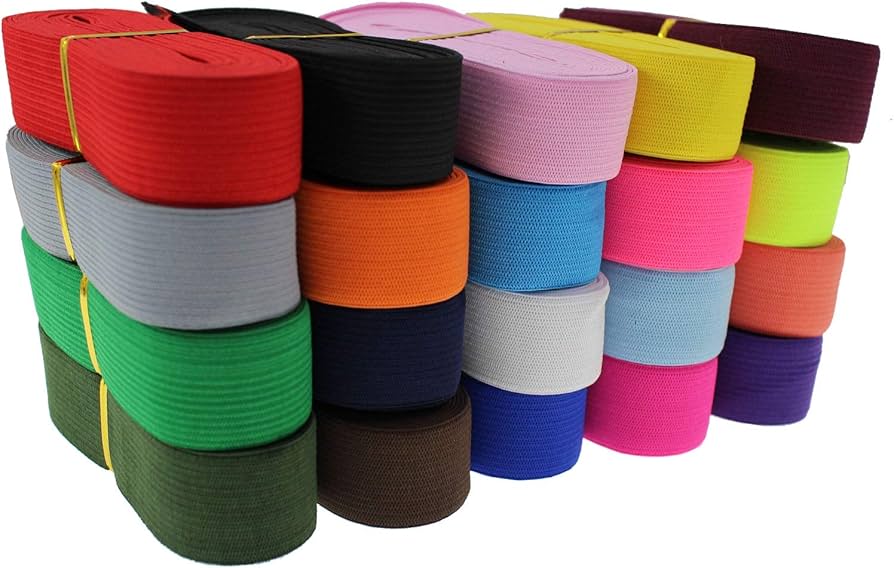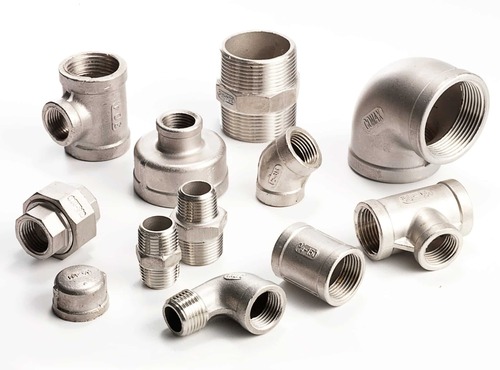In today’s digital age, AI-powered tools are revolutionizing content creation, and one of the most exciting advancements is the ability to turn static images into dynamic videos. Whether you’re a marketer, content creator, or social media enthusiast, AI image to video conversion can help you craft engaging visuals without extensive video production skills.
However, simply converting an image into a video isn’t enough—you need to optimize the process to create high-quality, captivating results. In this guide, we’ll explore key tips to enhance your AI-generated videos and make them stand out.
Why Use AI for Image to Video Conversion?
Before diving into the tips, let’s understand why AI-powered image-to-video tools are gaining popularity:
- Saves Time & Effort – No need for complex video editing software.
- Cost-Effective – Reduces the need for professional videographers.
- Enhances Engagement – Motion attracts more attention than static images.
- Versatile Applications – Great for ads, social media, presentations, and more.
With these benefits in mind, let’s explore how to maximize your AI-generated videos.
Choose High-Quality Source Images
The quality of your final video depends heavily on the input image. Follow these best practices:
- High Resolution – Use sharp, high-definition images (at least 1920×1080 pixels).
- Good Lighting – Well-lit images translate better into video.
- Clear Subject Focus – Avoid cluttered backgrounds; focus on a central subject.
- AI-Friendly Formats – JPEG and PNG work best for most AI tools.
Pro Tip: If your image is low-resolution, use AI upscaling tools like Topaz Gigapixel or Let’s Enhance before conversion.
Select the Right AI Tool
Not all AI video generators are the same. Some popular options include:
- Runway ML – Advanced AI with motion control features.
- Pika Labs – Great for artistic and cinematic effects.
- Synthesia – Ideal for AI avatars and presentations.
- Kaiber – Excellent for music-synced animations.
- Canva (with AI video tools) – User-friendly for beginners.
Pro Tip: Test multiple tools to see which one aligns best with your style (realistic, animated, or artistic).
Customize Motion Effects
Most AI tools allow you to control how the image animates. Key adjustments include:
- Zoom & Pan Effects – Simulate camera movements for a cinematic feel.
- Parallax Scrolling – Creates depth by moving foreground and background at different speeds.
- Subtle Animations – Gentle movements (like flowing water or swaying trees) add realism.
- Speed Control – Adjust motion speed for dramatic or slow-paced effects.
Pro Tip: Avoid excessive motion—subtle animations often look more professional.
Add Sound & Music
Silent videos can feel incomplete. Enhance engagement with:
- Background Music – Use royalty-free tracks from Epidemic Sound or Artlist.
- Sound Effects – Add subtle ambient sounds (e.g., wind, city noise).
- Voiceovers – AI tools like ElevenLabs can generate realistic narration.
Pro Tip: Match the music tone to your video’s mood (upbeat, dramatic, or calm).
Include Text & Captions
Text overlays make your video more informative and shareable:
- Animated Titles – Use tools like Canva or Adobe Express.
- Captions for Social Media – Many viewers watch without sound.
- Call-to-Action (CTA) – Encourage engagement (“Like, Share, Subscribe”).
Pro Tip: Keep text concise and use bold, readable fonts.
Optimize for Different Platforms
Each platform has different video requirements:
- Instagram Reels / TikTok – Vertical (9:16), 15-60 seconds.
- YouTube Shorts – Vertical or square, under 60 seconds.
- LinkedIn / Facebook – Horizontal (16:9) or square (1:1).
- Twitter (X) – Short clips under 2:20 minutes.
Pro Tip: Use AI tools that let you resize videos automatically for multiple platforms.
Experiment with AI Enhancements
Many AI tools offer additional features to improve videos:
- Style Transfer – Apply artistic filters (e.g., watercolor, cyberpunk).
- Color Grading – Adjust hues for a cinematic look.
- Face & Object Tracking – Keeps focus on moving subjects.
Pro Tip: Use DaVinci Resolve or Adobe Premiere Pro for advanced post-processing.
Test & Refine Your Videos
Before finalizing, review and optimize:
- Check for Glitches – AI can sometimes produce unnatural movements.
- A/B Test Different Versions – See which style performs better.
- Gather Feedback – Ask peers or your audience for input.
Pro Tip: Short, engaging clips (under 30 seconds) often perform best on social media.
Final Thoughts
AI https://www.vidnoz.com powered image to video technology is a game-changer for content creators. By selecting the right tools, optimizing motion, adding sound, and tailoring videos for different platforms, you can produce professional-looking videos with minimal effort.
Keep an eye for more latest news & updates on Today!




